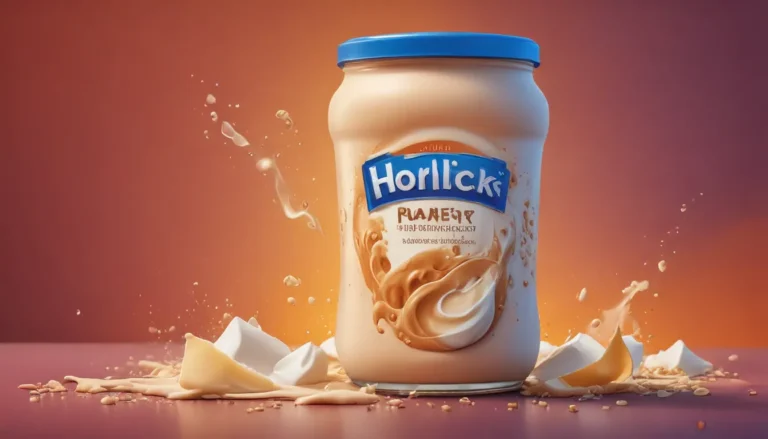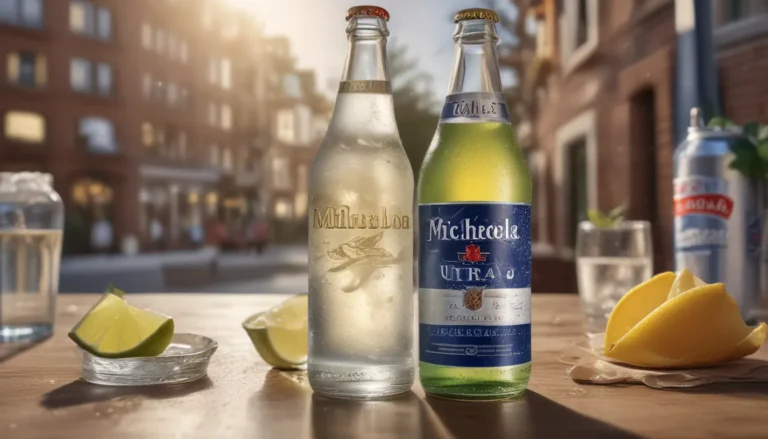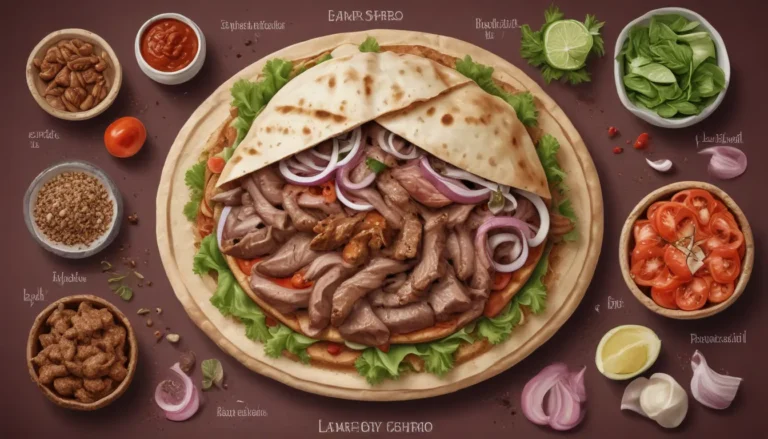The pictures in our articles might not always show exactly what the text is talking about. We use these images to make the article more interesting and eye-catching. They are there to add to the text, but not to replace it or show every detail.
Crackers are a beloved snack that always seems to find its way into our pantries and lunchboxes. With various shapes, sizes, and flavors, these crunchy treats are a versatile option for any occasion. But have you ever stopped to think about the nutritional value of crackers? In this article, we will dive into the world of cracker nutrition and explore 20 interesting facts that may surprise you. Whether you prefer plain, salted, or flavored crackers, understanding their nutritional profile can help you make informed choices about your snacking habits and overall health. So, grab a cracker, sit back, and get ready to discover why these crispy treats are more than just a tasty snack!
Crackers Unwrapped: Key Takeaways
- Crackers are a crunchy snack that is low in calories and carbs, but be mindful of high sodium and added sugars. Pair them with healthy toppings for a nutritious boost.
- Enjoy crackers in moderation and consider whole grain or homemade options for added fiber and nutrients.
What You Need to Know About Cracker Nutrition
Calories
Crackers are relatively low in calories, typically ranging from 70 to 120 calories per serving, depending on the type and brand.
Carbohydrates
Crackers are a good source of carbohydrates, providing energy for the body. On average, they contain around 15 grams of carbs per serving.
Protein
While not high in protein, crackers still contribute a small amount to your daily intake, with around 2 grams per serving.
Fat
Most crackers are low in fat, with less than 5 grams per serving. However, always check labels as some types may contain more fat.
Fiber
Crackers typically have low fiber content, with about 1 gram per serving. Opting for whole grain or whole wheat crackers can increase the fiber content.
Sodium
Many crackers are high in sodium, with around 150-250 milligrams per serving. Monitoring your intake is important.
Vitamins and Minerals
While not a significant source of vitamins and minerals, some crackers may be fortified with nutrients like iron, calcium, and vitamins B and D.
Choosing the Right Crackers
Gluten-Free Options
For those with gluten sensitivities or celiac disease, gluten-free crackers made from alternative grains like rice or quinoa are available.
Whole Grain Crackers
Choosing whole grain crackers provides more fiber and nutrients compared to refined grain options.
Sugar Content
Many commercial crackers may contain added sugars, so opt for those with less sugar or no added sugars.
Serving Size
Most cracker servings are around 1 ounce or roughly 5-10 crackers. Knowing the serving size is crucial to understanding the nutritional content.
Snacking and Portion Control
Crackers can be a convenient snack, but be mindful of portion control to avoid overeating.
Making Healthy Choices
Healthier Toppings
Pair your crackers with nutritious toppings like hummus, Greek yogurt, or sliced vegetables to enhance their nutritional value.
Omega-3 Fatty Acids
Some crackers are enriched with omega-3 fatty acids, essential for brain health, made from ingredients like flaxseeds or chia seeds.
Allergens
Crackers may contain allergens like gluten, nuts, or dairy, so reading labels is vital if you have food sensitivities or allergies.
Shelf Life
Thanks to their low moisture content, crackers have a long shelf life. Check expiration dates for freshness.
Texture and Varieties
Crackers come in various textures and flavors, catering to different preferences. Choose the ones that suit your taste.
Homemade Crackers and Dipping Options
Homemade Crackers
Making your own crackers at home allows you to control ingredients, customize flavors, and avoid preservatives and additives.
Dipping Options
Pair your crackers with dips like salsa, guacamole, or cheese spreads, but be mindful of the nutritional content of the dip you choose.
Enjoying in Moderation: Conclusion and FAQs
In conclusion, understanding the nutritional value of crackers is crucial for making informed dietary choices. While crackers can be a delicious snack, not all are created equal. Some may be high in refined carbohydrates and low in nutrients, while others can be a nutritious addition to a balanced diet. To enjoy crackers in a healthy way, pair them with nutrient-rich foods and practice moderation. It's important to read nutrition labels, be mindful of portion sizes, and listen to your body's cues for hunger and fullness.
FAQs
-
Are all crackers unhealthy?
Not all crackers are unhealthy. Some varieties made with whole grains and minimal processing can provide essential nutrients and fiber. -
Are crackers a good snack for weight loss?
Crackers can be part of a balanced weight loss diet. Opt for whole grain or low-calorie options and pair them with protein-rich foods for a satisfying snack. -
Are saltine crackers high in sodium?
Saltine crackers tend to be higher in sodium due to their salt content. Choose low-sodium options if watching your intake. -
Can crackers be a source of fiber?
Certain types made with whole grains can provide a good amount of dietary fiber. Look for options with at least 3 grams of fiber per serving. -
Can I eat crackers if I have gluten intolerance?
Choose gluten-free crackers made from alternative flours like rice or quinoa if you have gluten intolerance or celiac disease.
Eating crackers can be a delightful experience, but doing so in moderation is key to maintaining a healthy diet. By making conscious choices and being aware of nutritional facts, you can enjoy crackers as part of a balanced lifestyle while promoting overall health and well-being.






